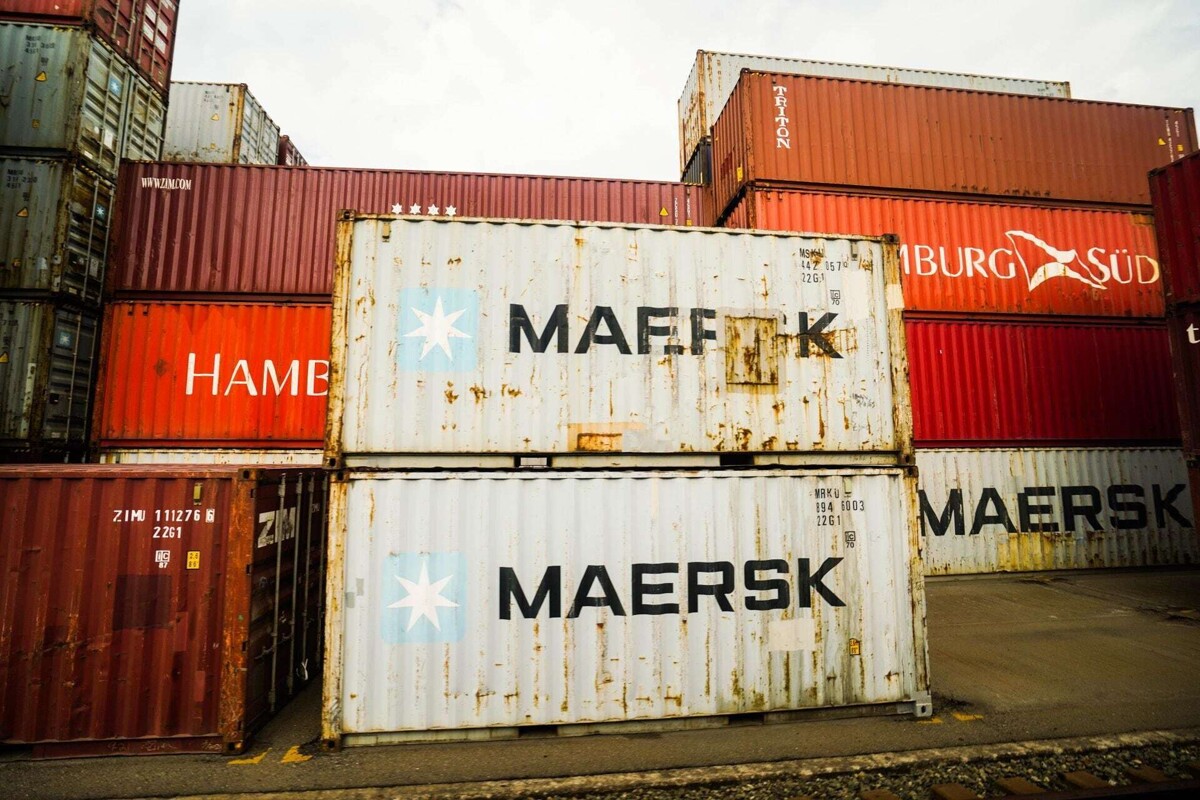
In Laredo-Nuevo Laredo, three decades of integration have consolidated the main entry port of North America, processing 40% of bilateral trade through a network of more than 1,500 logistics, trade, and transportation companies on both sides of the border.
The next 30 days are crucial to address three immediate priorities. First, strengthen coordinated border security measures without hindering legitimate trade. Second, establish clear protocols to manage future security challenges without disrupting trade. And third, renew high-level commitment to the principles of regional economic integration.
The 30-day pause in the application of tariffs between the United States and Mexico goes beyond a simple diplomatic intermediate; it represents a critical window that will determine whether 30 years of economic integration can withstand the new challenges at the intersection of trade, immigration, and security.
The magnitude of this trade bloc is striking: trade between the United States and Mexico has grown from $100 billion to more than $800 billion annually since the NAFTA formation in 1994. And trade between the United States and Canada has soared from $242 billion to nearly $800 billion.
Texas, if it were an independent nation, would be Mexico's second-largest trading partner, with bilateral trade of $235 billion, nearly 35% of the total trade between Mexico and the United States.
The next 30 years of North American trade integration could be even more transformative than the last 30, but only if this critical moment serves to strengthen, not weaken, the foundations of regional cooperation.
The CHIPS Act has already directed more than $400 billion in private sector investments, while the electric vehicle sector must leverage Mexico’s manufacturing capabilities, Canada’s critical minerals, and U.S. innovation.
The USMCA region has emerged as a global economic powerhouse, serving a market of 501 million consumers and representing 30% of global GDP, surpassing other important trade blocs like the European Union and ASEAN.
This integration has generated significant results. In Michigan, the automotive sector contributes $304 billion annually to the state economy, with Canada and Mexico representing more than 75% of its vehicle exports.
The creation of binational clusters demonstrates what is at stake. Advancing these immediate objectives will establish a solid foundation for the USMCA review in 2026, where necessary adjustments can be incorporated to further strengthen North American economic integration and adapt it to the emerging challenges of global trade.
Growth opportunities in the region emerging in electric vehicles and semiconductors, to name a few, could continue to cement North America's global leadership.
While security challenges must be addressed, short-term pressures should not affect an economic architecture that has taken three decades to build.














